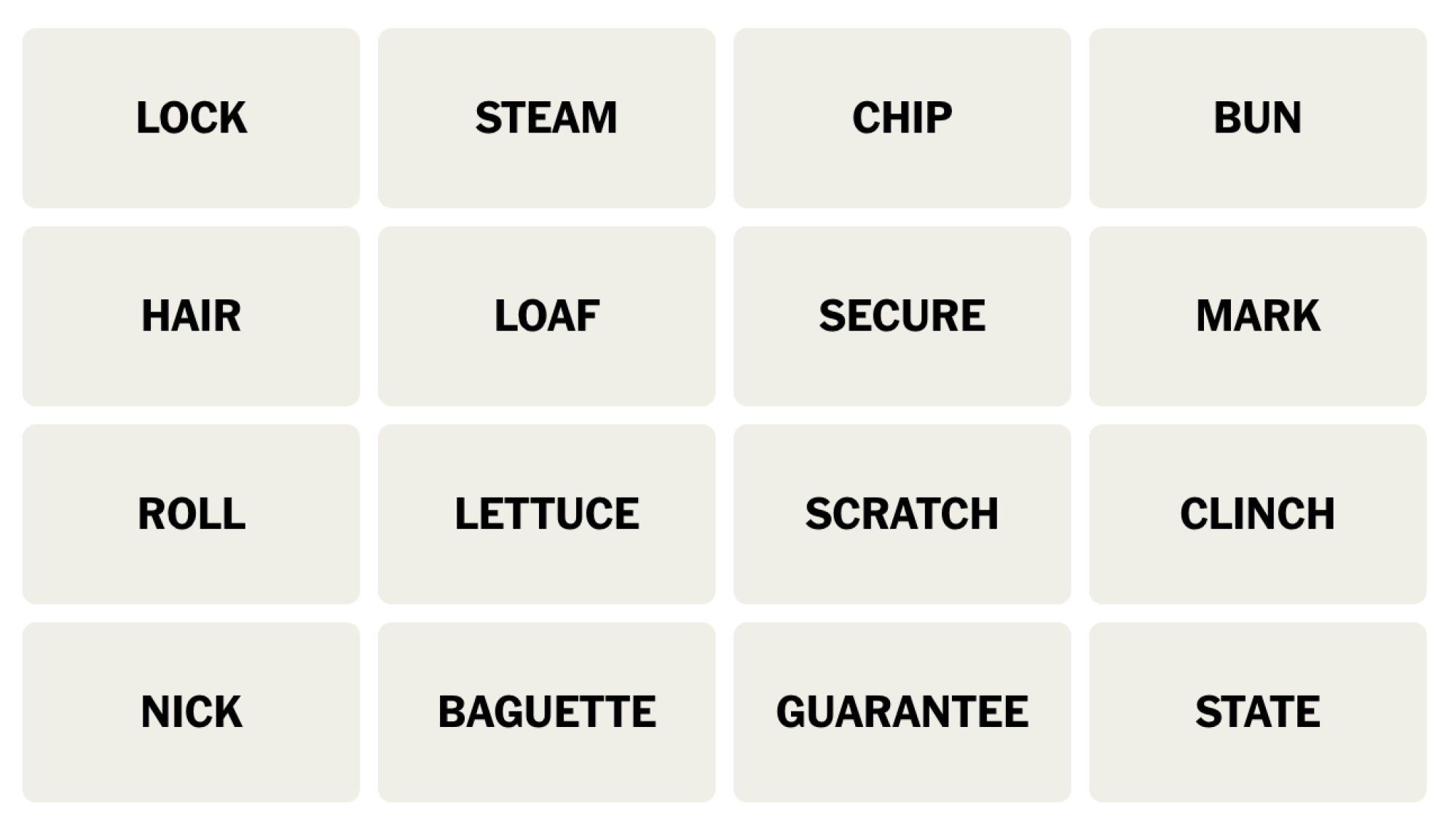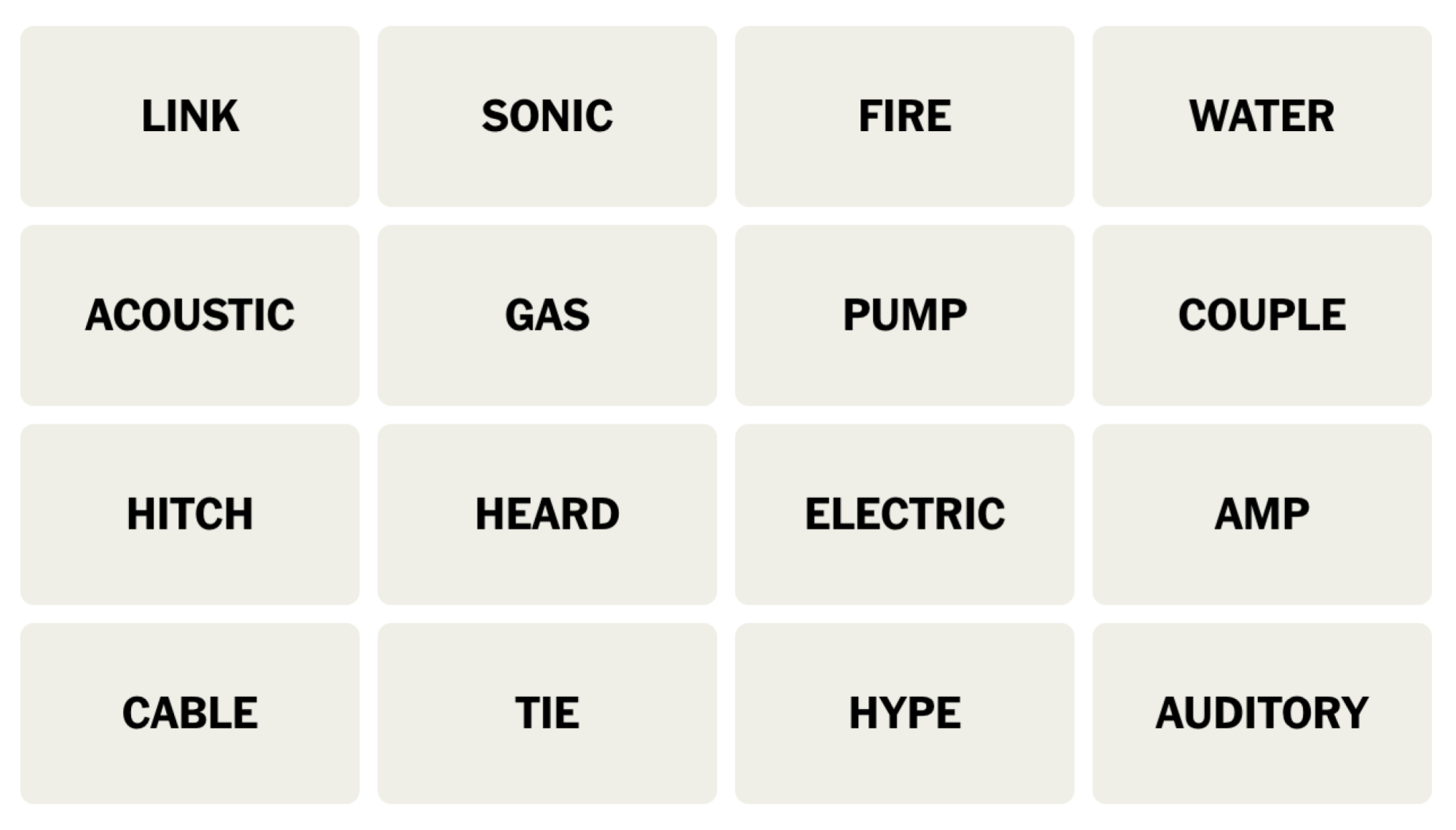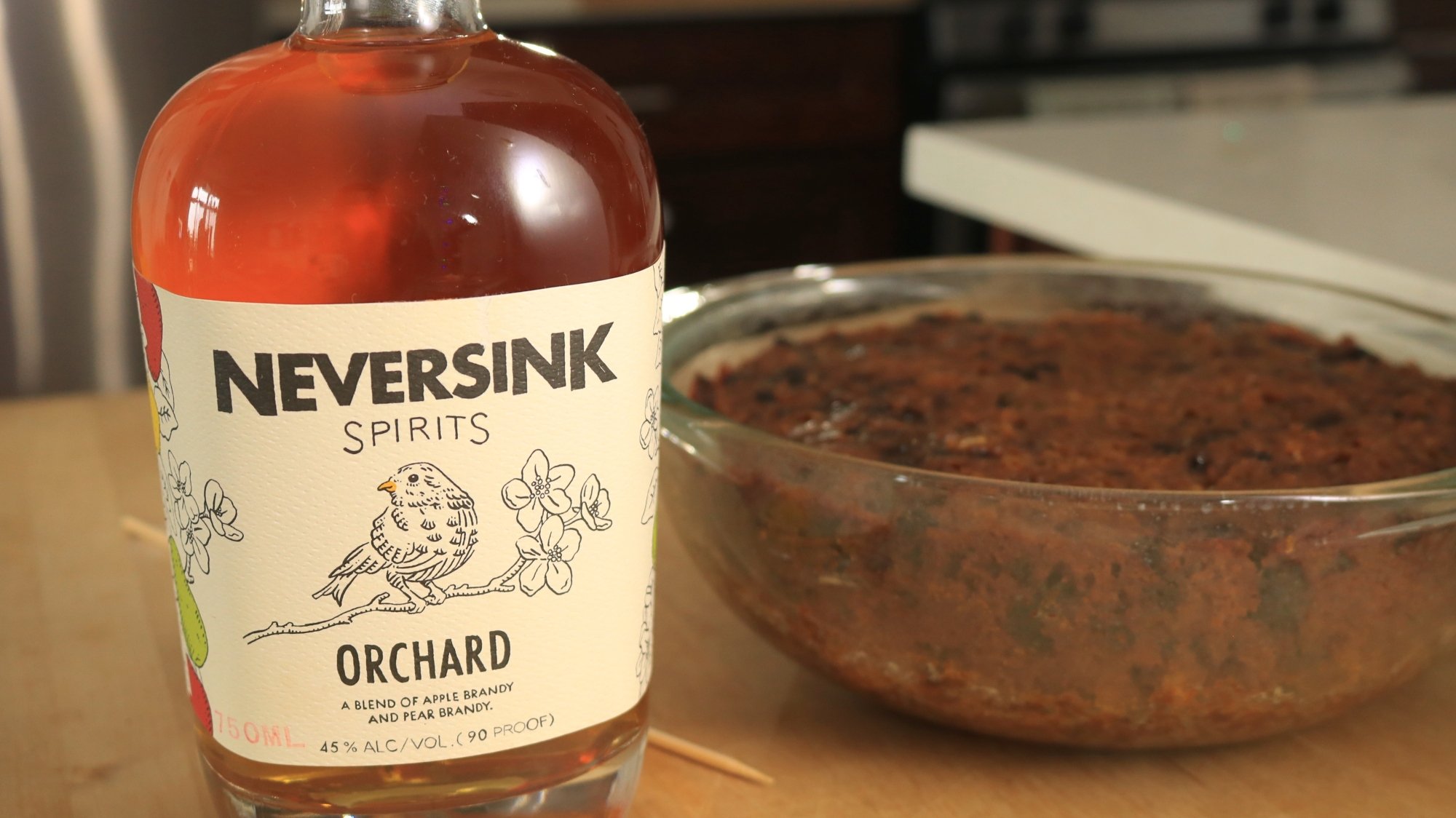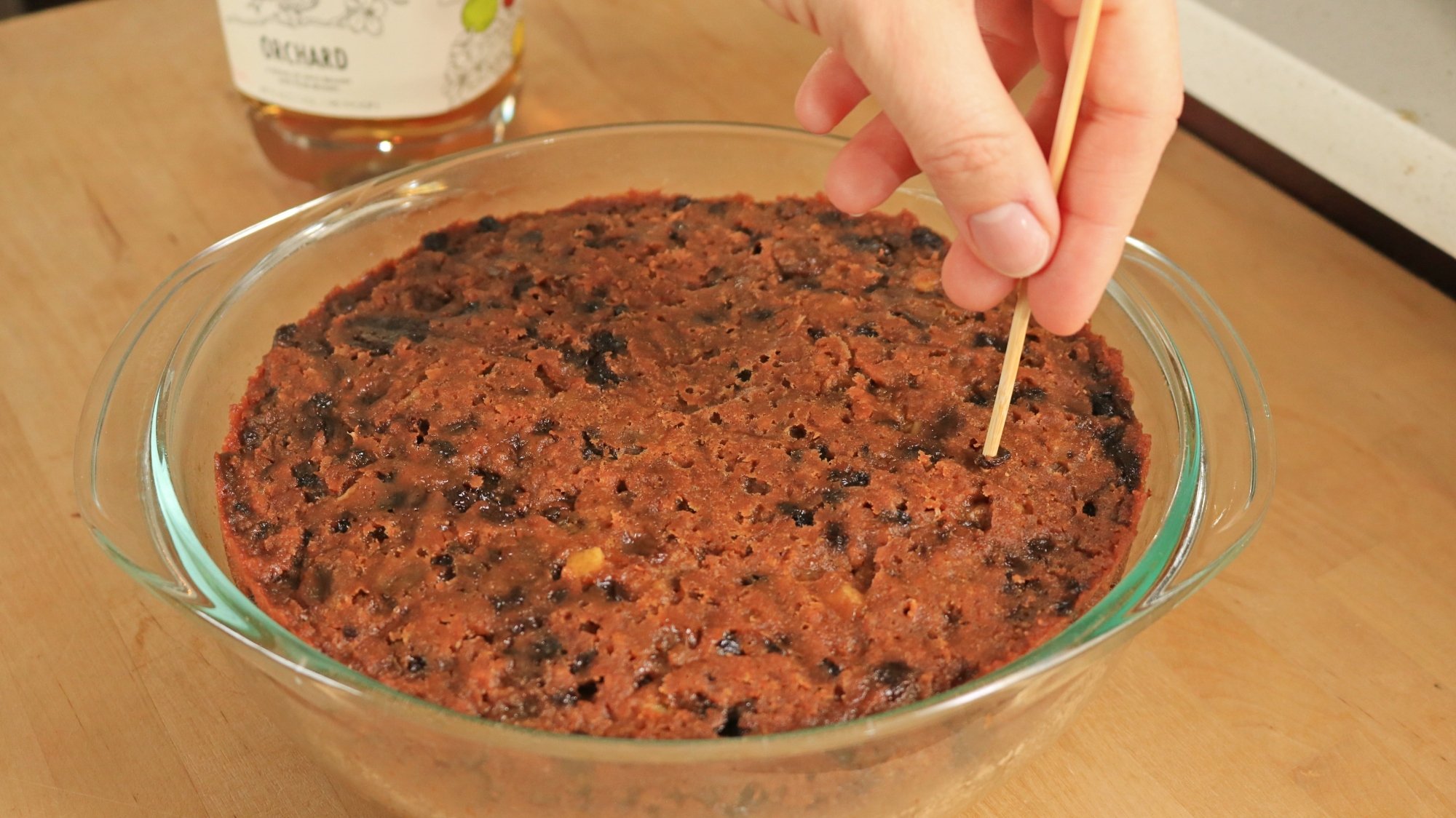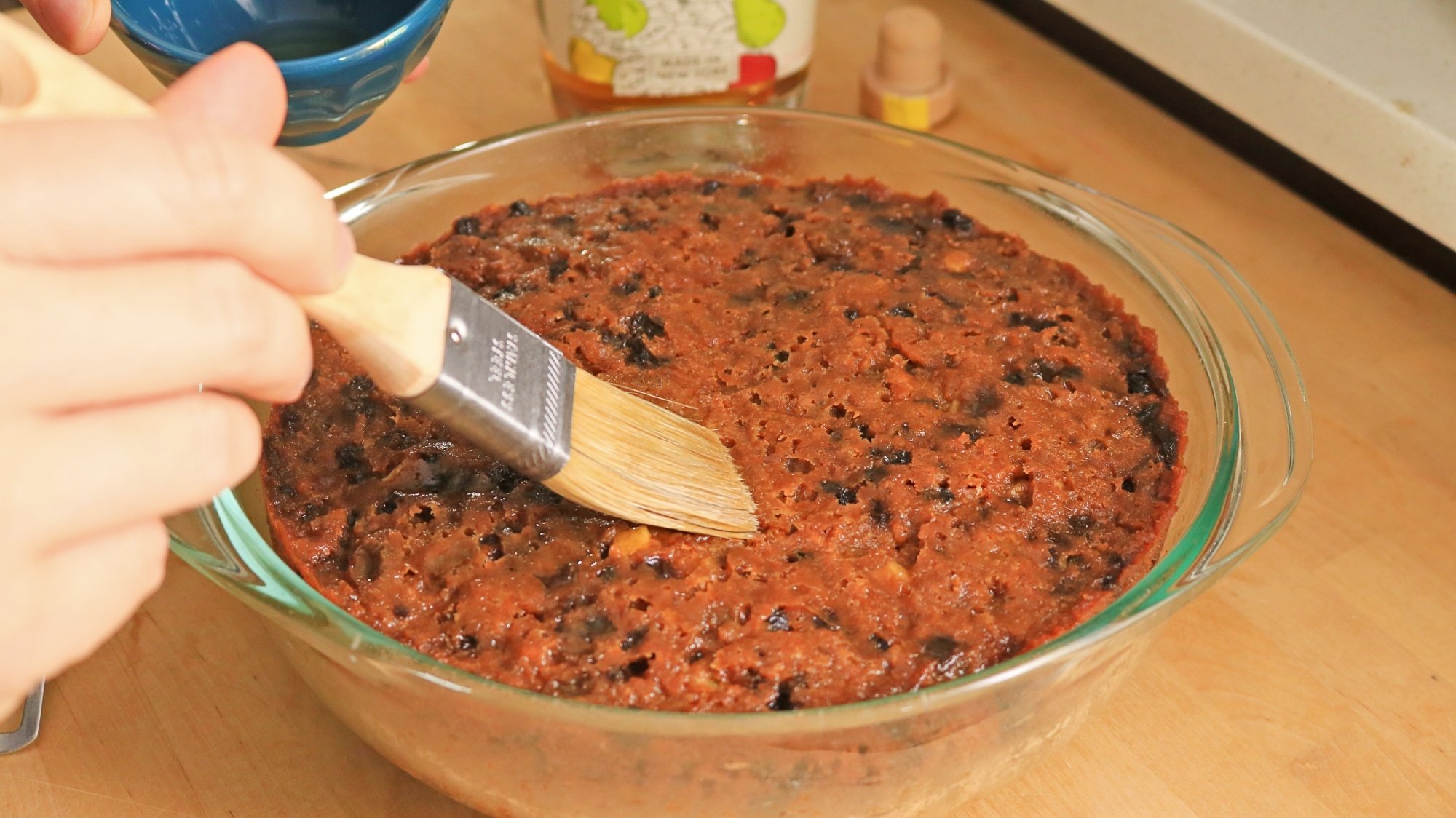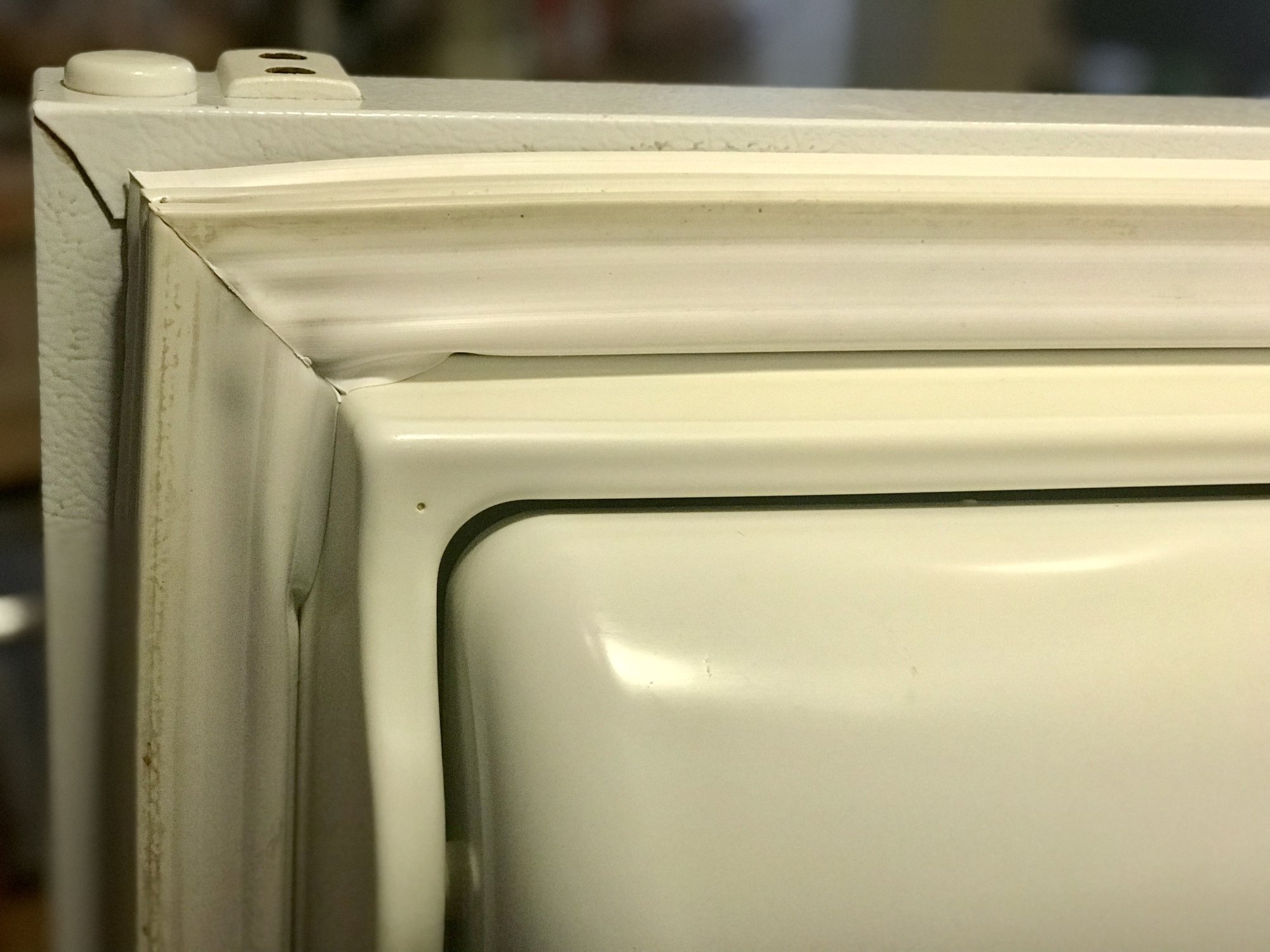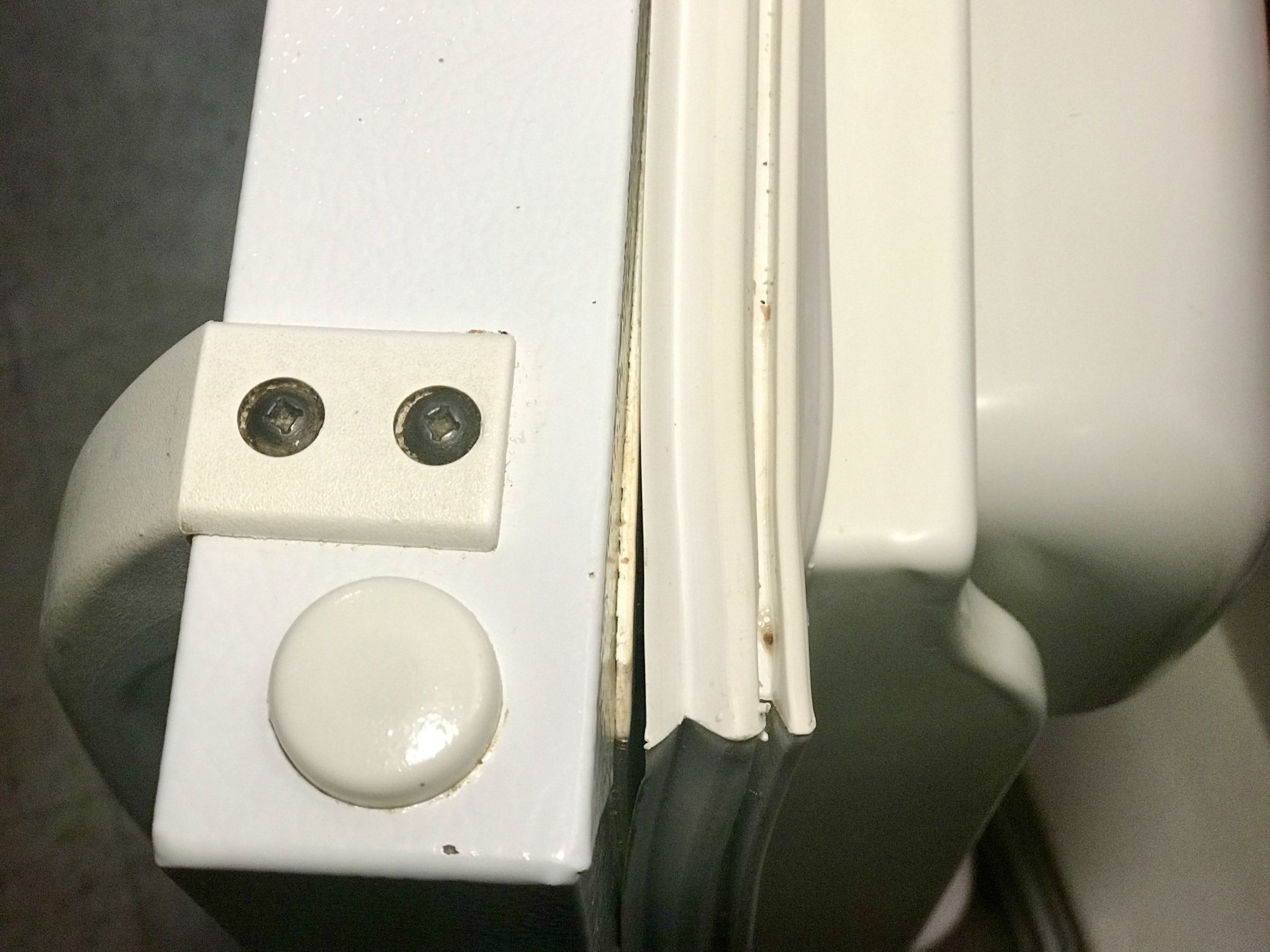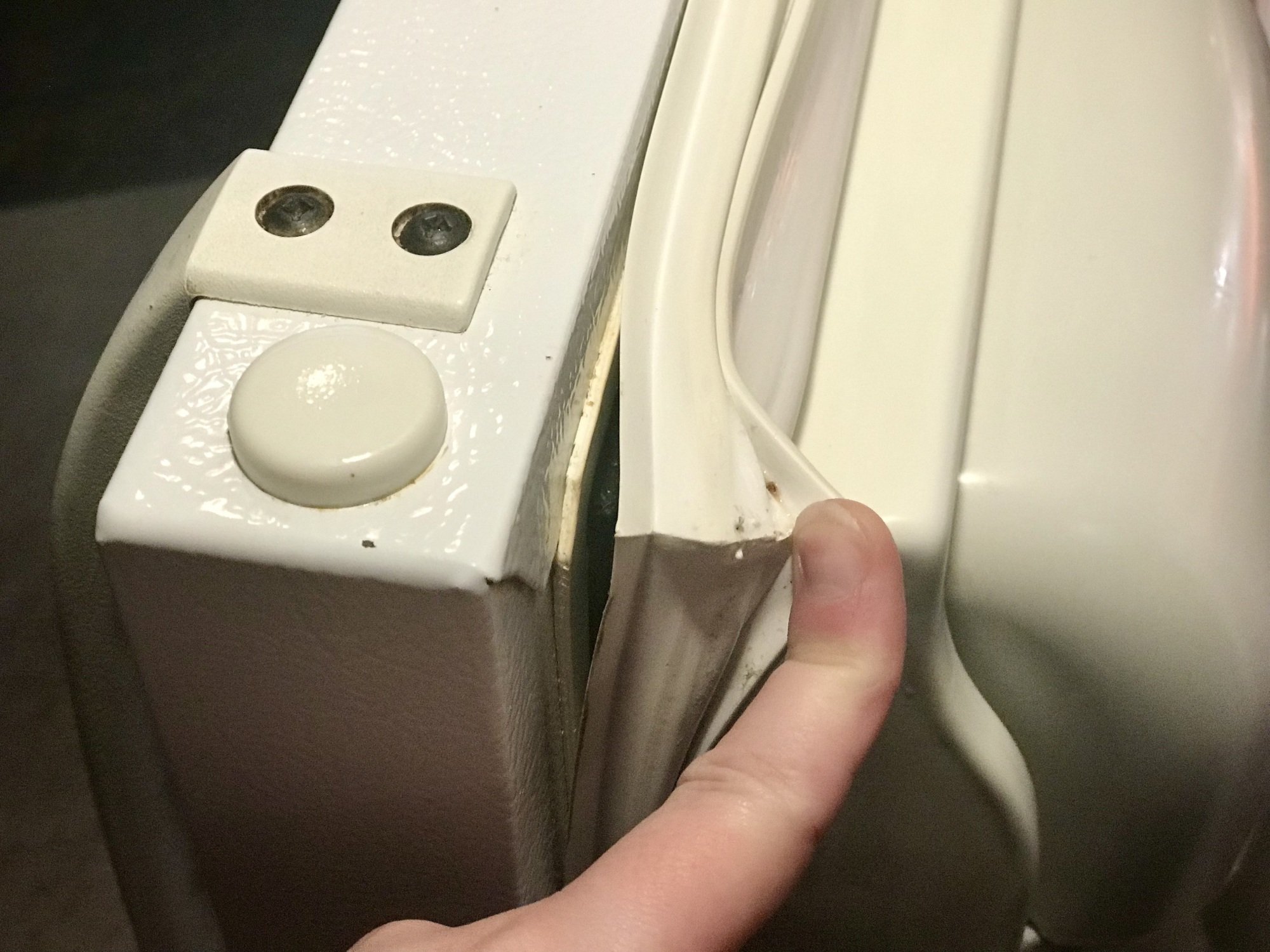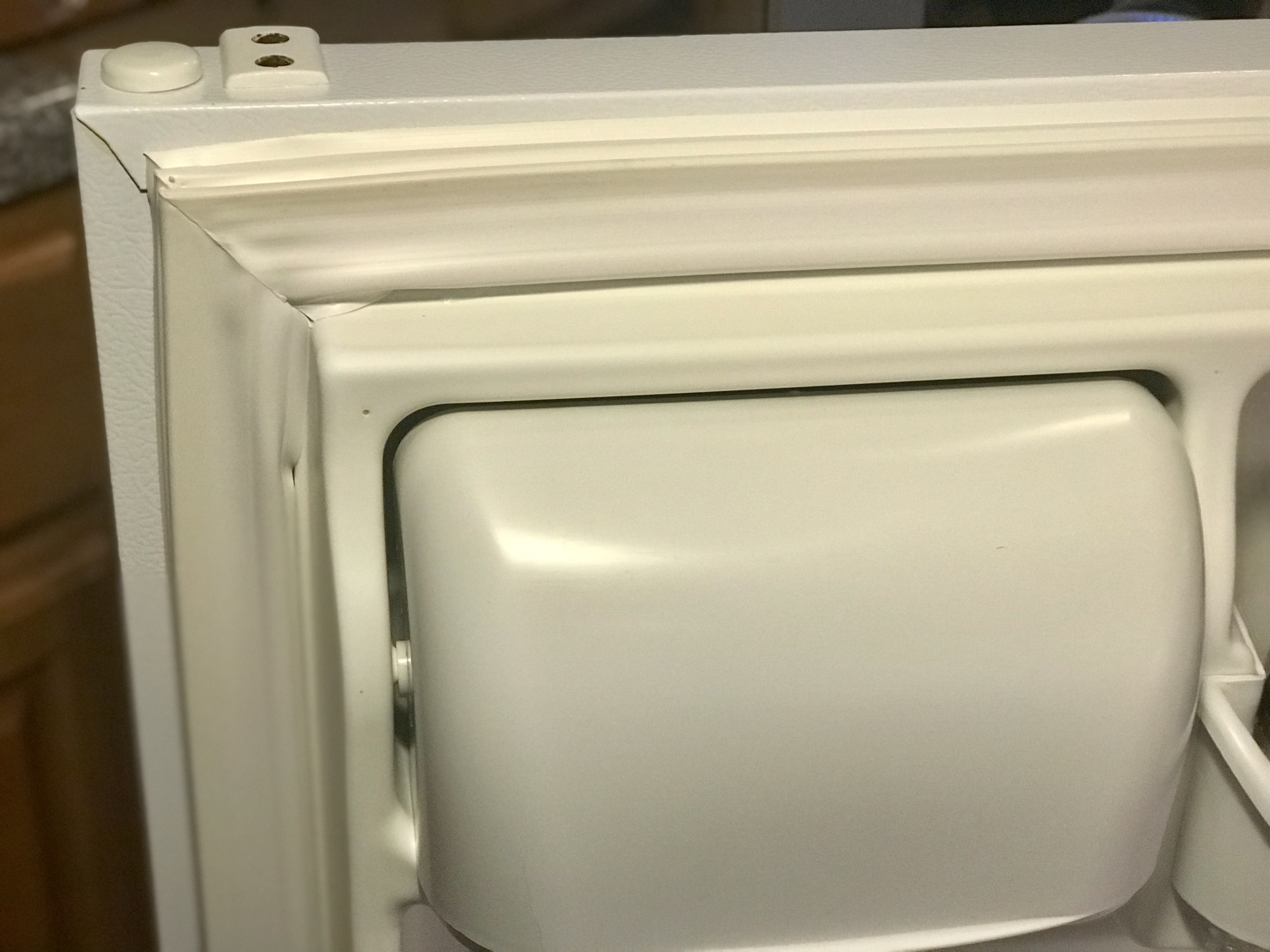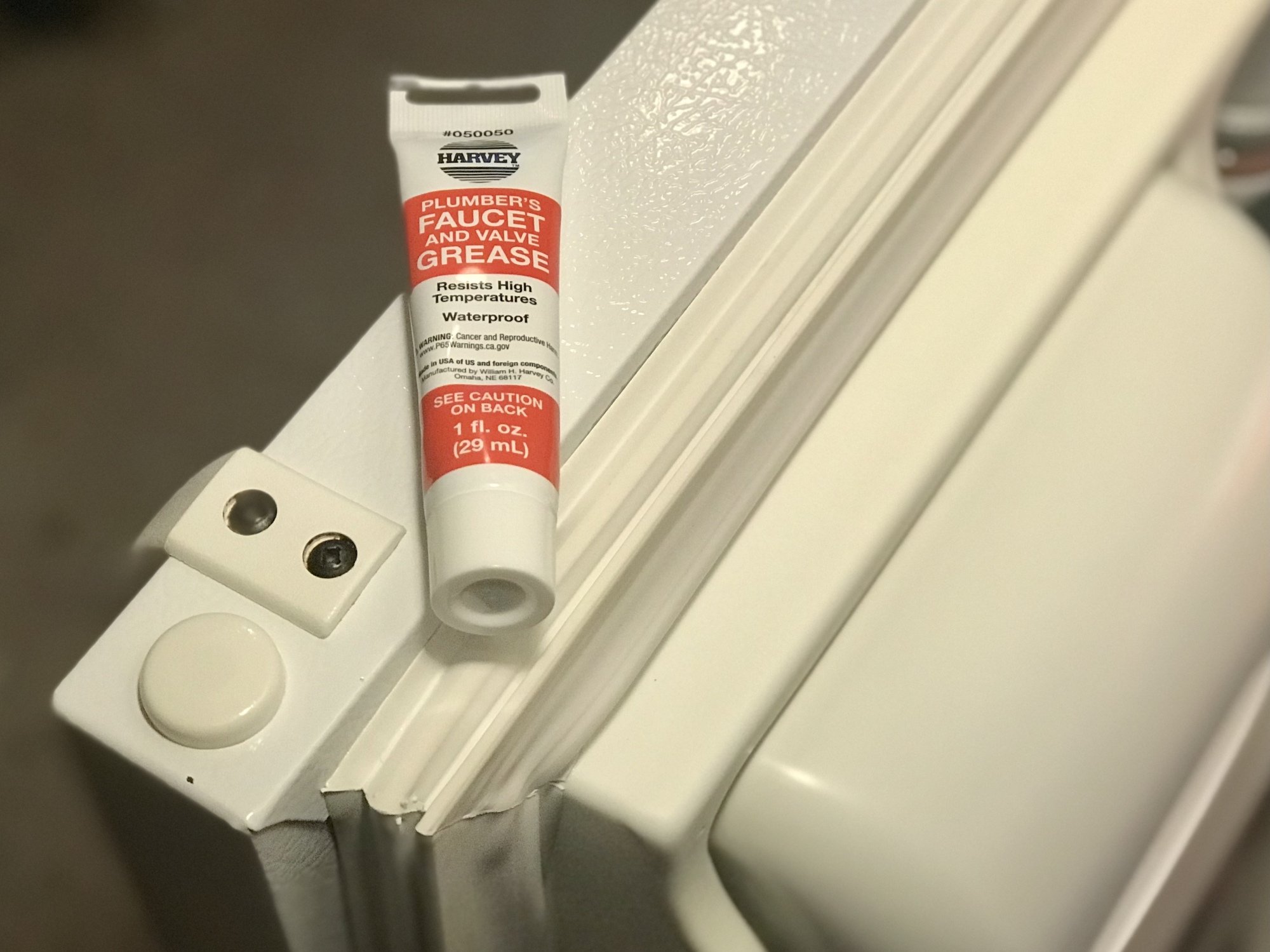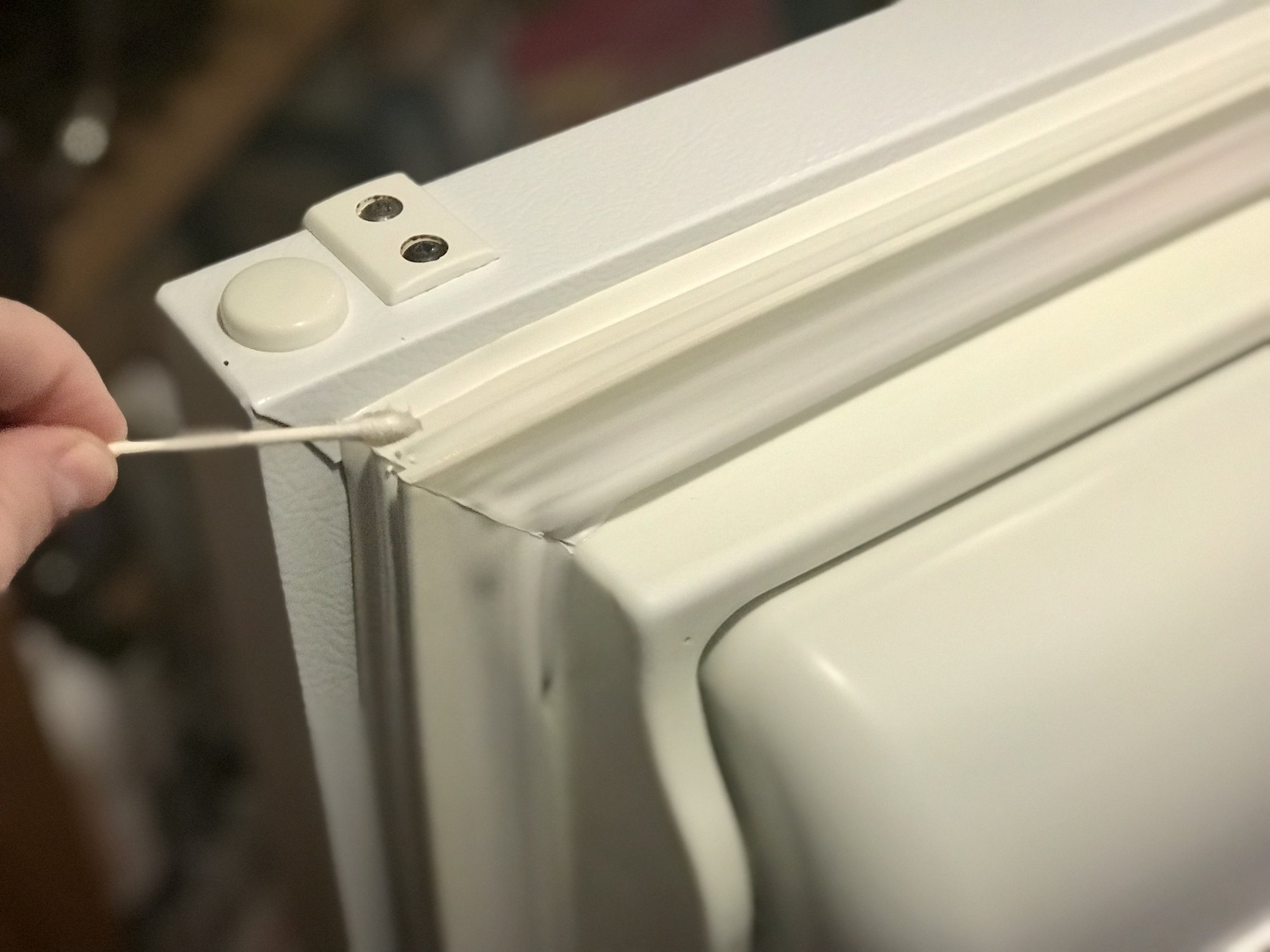My American history teacher was every high schooler’s dream. When we were learning about Prohibition, she showed us The Untouchables. As we discussed the American experience during World War II, she used the film Come See the Paradise to teach us about the horrors in Japanese internment camps.
Both films are R-rated, so I never told my parents we were watching them. Growing up, I was never allowed to see movies with this rating (with some unusual exceptions, like Backdraft and JFK). I never understood why. Watching these films didn’t warp my brain like my mom and dad said they would. They made learning about history a lot more fun and entertaining.
Now that I have kids, I wonder when I can be like my history teacher and stop worrying about a movie’s content and more about the critical or historical message they share. In that spirit, here is a list of R-rated flicks that are significant for their positive and/or important messages. Many contain objectionable content (obviously), so do your research and view them with your child at an age you find appropriate.
Schindler’s List (1993)
If history teachers aren’t showing this powerful drama in school, they should probably start. Taking place during World War II, it follows a German industrialist (Liam Neeson) in his attempts to save over a thousand Jews from a concentration camp and likely certain death. It’s a harrowing but essential watch and a potent reminder of why it’s essential to never forget the past.
Where to stream: Digital rental
The Last of the Mohicans (1992)
Is your kid preparing for a book report at the last minute? Unless you want to get stuck writing it yourself, share this masterpiece about love and conflict during the French and Indian War. Director Michael Mann’s epic, starring Daniel Day-Lewis (and his bare chest), is the most entertaining of the multiple film adaptations of James Fenimore Cooper’s novel. Just remind your kid when the movie is over that they’re writing a book report, not a movie review.
Where to stream: Tubi, Digital rental
Rumble Fish (1983)
S.E. Hinton is the scribe behind many young adult fiction staples, including The Outsiders, which Francis Ford Coppola adapted for the screen. The critically acclaimed director followed it up with another Hinton adaptation that aesthetically went in a completely different direction. Instead of using a lush color palette and soaring orchestral score like Coppola did in his previous film, he shot in gritty black and white and asked The Police’s Stewart Copeland to provide an experimental soundtrack. It’s a teen drama disguised as French New Wave, showing viewers how film can be an artistic medium.
Where to stream: Digital rental
The Breakfast Club (1985)
This classic ’80s teen dramedy, one of many by the late great John Hughes, became the blueprint for depicting the social hierarchy of high school. The plot is simple: A princess, athlete, delinquent, nerd, and basket case spend Saturday detention together, only to realize (after smoking weed, mind you) that they have more in common than they thought.
Where to stream: Freevee, Tubi, Digital rental
The Matrix (1999)
Within this groundbreaking (and extremely violent) science-fiction masterpiece are philosophical messages about the mind and the body and themes regarding conformity and class, all the things a young mind needs to take on the status quo.
Where to stream: Hulu, Max, Digital rental
Ghost World (2001)
Speaking of comic book movies, Ghost World, based on the works of artist Daniel Clowes, is the textbook definition of what critics consider “quirky.” It also perfectly captures how adrift a teen can feel after graduating high school and trying to find their tribe.
Where to stream: Freevee, Tubi, Pluto TV, Digital rental
Girl, Interrupted (1999)
Winona Ryder and Angelina Jolie give powerful performances in this period piece based on the true story of a young woman institutionalized for a year and a half after a suicide attempt. She bonds with her fellow patients by butting heads with the staff, but she struggles to get the help she needs. The film explores themes like dissent and gender bias, which have continued to be prevalent for over two decades since the movie was released.
Where to stream: Hulu, Digital rental
Fame (1980)
Follow the trials and tribulations of students discovering their extraordinary abilities. No, it’s not X-Men; it’s Fame, the hit musical about the actors, singers, and dancers attending the New York City High School for the Performing Arts. Sure, it’s a little dated, but who can’t relate to the desire to see their name “light up the sky like a flame,” as the movie’s theme declares?
Where to stream: Digital rental
Dangerous Minds (1995)
Here’s another tale of high-school life, coming straight from the ’90s. Perhaps known nowadays for spawning the Coolio hit “Gangsta’s Paradise,” this drama revolves around an ex-Marine who becomes a teacher in the inner city, using everything from martial arts to Bob Dylan lyrics to get through to her gifted but underachieving students.
Where to stream: Digital rental
Stand By Me (1986)
When I was putting this together, several people asked me to include The Shawshank Redemption, an undeniably great movie. However, it can be challenging to watch (unless it’s on cable again; commercials offer some relief). I offer this excellent Stephen King adaptation about the loss of innocence and the bonds of friendship as an alternative, which follows four pre-teens on the hunt for the dead body of a missing classmate, directed with a remarkably deft touch by the great Rob Reiner.
Where to stream: Netflix, AMC+, Digital rental
Speed (1994)
I included this for personal reasons. While I grew up not seeing many R-rated movies, it seemed like my classmates saw many. For some reason, my parents granted an exception with this fast-paced action flick, which remains one of my favorites 30 years later.
There’s no lesson in this movie. It’s perfectly okay to enjoy the undeniable thrills of seeing a city bus go full speed through the streets of Los Angeles and watching things blow up in its wake. Speed is why we go to the theater to have fun with a few hundred strangers for a few hours.
Where to stream: Starz, Digital rental
Source: LifeHacker – The Best R-Rated Movies You Can Actually Watch With Your Kid

